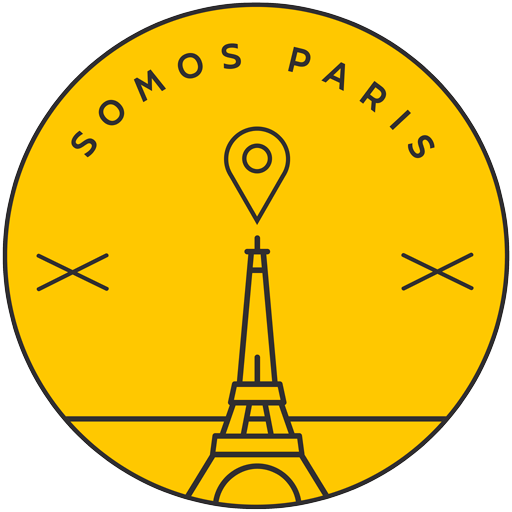Not only is the Louvre Museum the largest, most brilliant museum in Paris, but also one of the best in the world. Boasting a collection of approximately half a million items (thirty-five thousand of which are permanently on display), it is also the biggest and most visited museum across the whole world, even ahead of Rome’s Vatican Museums.
Tag along to discover the history of the Louvre Museum and how to visit it!
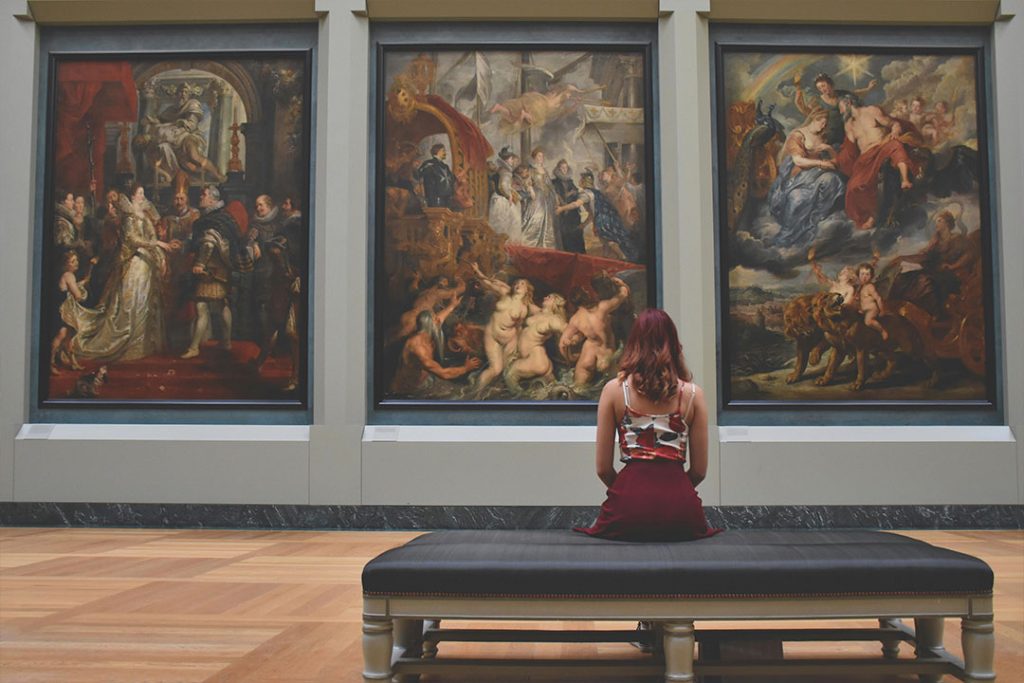
Louvre’s History and Architecture
Origins of the Louvre: From a Fortress to a Royal Palace
The origins of the Louvre lie within the so-called Louvre fortress, a castle erected on the right bank of the Seine river by command of King Philippe II of France during the late 1100s, which complemented the novel city ramparts.
Later on, during the 1500s and 1600s, this stronghold was demolished in order to make room for the new Royal Palace, whose construction would get under way during the reign of King Francis I of France in a Renaissance style. However, after Louis XIV chose Versailles as his residence in the late 1600s, the works at the Royal Palace would come to a halt and, finally, its halls started to lodge artists under the oversight of the king.
The Louvre as a Museum: Revolution and Grand Opening
The notion of the Louvre as a museum started to take shape in the mid-1700s, as some French art critics demanded that the works comprising the royal collection, which were kept inside of this Royal Palace, be displayed publicly.
In 1750, Louis XV finally decided to show a few dozens of pictorial works in a gallery at Luxembourg Palace. Nevertheless, the project to refurbish the Louvre as a museum would be left unfinished until the French Revolution.
Precisely in spring, 1791, it was announced that the Louvre would be repurposed as a public museum and, a year later, following the demise of Louis XVI, the royal collection was seized by the State. On August 10th, 1793, the Louvre Museum opened its doors to show the people of Paris over seven hundred works which had hitherto remained in the hands of the royals, the nobility, and the clergy.
Expansions and Overhauls: From Napoleon to the Great Pyramid
The museum underwent several important changes during the Napoleonic Empire, as well as a series of expansions and overhauls.
First of all, in 1802, Napoleon appointed Vivant Denon as the head of the Louvre (whose name was changed to Napoleon Museum for a short span of time). From that moment on, the halls were subsequently expanded and filled with pieces from Napoleonic conquests. The Louvre grew both in its number of rooms and also with dozens of thousands of new items for its exhibitions throughout the 1800s. The largest enlargement of the Louvre would take place during the 1850s.
At last, towards the end of the 20th century, with François Mitterrand’s plan for the Grand Louvre renovation, even more rooms were devoted to the museum, and its famous Great Glass Pyramid was built, which was inaugurated in 1989 and is nowadays the main entrance to the museum.
The Louvre Pyramid: A Contemporary Icon
The Glass Pyramid of the Louvre was designed by Chinese-American architect I. M. Pei. Built entirely with glass, with some metal beams, it stands twenty-one meters tall, and its four sides are thirty-four meters wide each.
This renowned piece of modern architecture at the Louvre was precisely created to sort out some of its structural problems regarding visitor capacity, whose numbers kept soaring throughout the 1980s. Even though the reaction from the public was positive, and its functionality is undeniable, the Pyramid of the Louvre was not without controversy, coming under a barrage of criticism back in the day owing to its modern style and because pyramids were originally funerary monuments to Ancient Egyptians.
Some people even called it blasphemy!
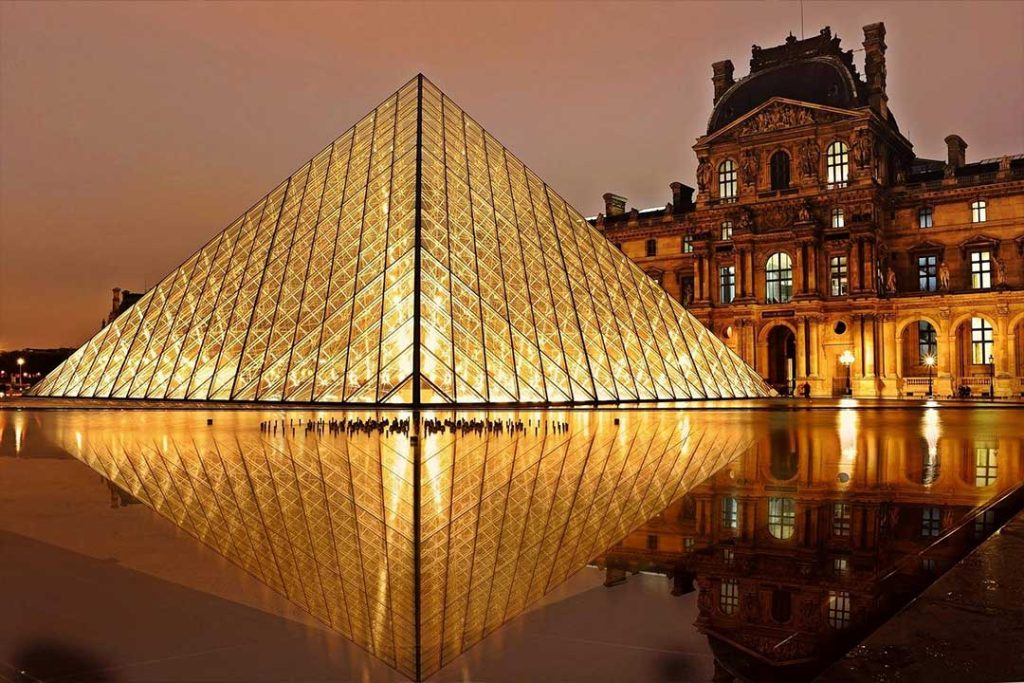
The Eugène Delacroix National Museum
The Eugène Delacroix Museum, located in the painter’s former atelier at 6, rue Furstenberg, is another must-see for art buffs. The ticket for the Louvre already includes its visit!
It was created in 1971 to prevent the destruction of the premises and preserve the heritage and legacy of Eugène Delacroix, and it has been managed by the Louvre Museum since 2004. Therein, you will be able to admire some of his drawings, personal journals, souvenirs from his trips, work tools, pictures, and three poignant frescoes.
The Louvre Gardens: Tuileries and Carrousel
The parks and gardens at the Louvre comprise Tuileries Garden and Carrousel Garden.
The former is currently a public garden straddling between the Louvre Museum and the Place de la Concorde, but it originally was an integral part of the now bygone Palace of the Tuileries, a building which was erected beside the Louvre by command of Queen Catherine de Medici in the 1500s. It was initially open to the citizenry already in the 1600s, but it was after the Revolution that it became a public space. It is nowadays one of the favorite meeting places for Parisians to unwind, and a walk you cannot miss out on.
Even closer to the Louvre Museum, the Carrousel Garden, with its Triumphal Arch, is another must-see landmark.


Paramount Works of Art at the Louvre
The Louvre Museum boasts many of the finest and most famous works in art history in its permanent collection. Some of the Louvre masterpieces that you have to admire include the Mona Lisa, the Victory of Samothrace, or Liberty Leading the People, among so many others, such as the Venus de Milo, the Raft of the Medusa, or the Coronation of Napoleon.
The Mona Lisa
The Mona Lisa, alternatively known as the Gioconda, is a portrait that the great Italian artist Leonardo da Vinci painted for Lisa Gherardini, wife to Francesco del Giocondo (hence its nickname). It was purchased by French king Francis I in the early 1500s, and it can be regarded as the greatest jewel of the Louvre.
It can be admired in the Salle des États at Louvre Museum, on its first floor. Just like the rest of the works in the picture gallery, it is best to visit it either early in the morning or just before closing time, always avoiding weekends and summertime high season.
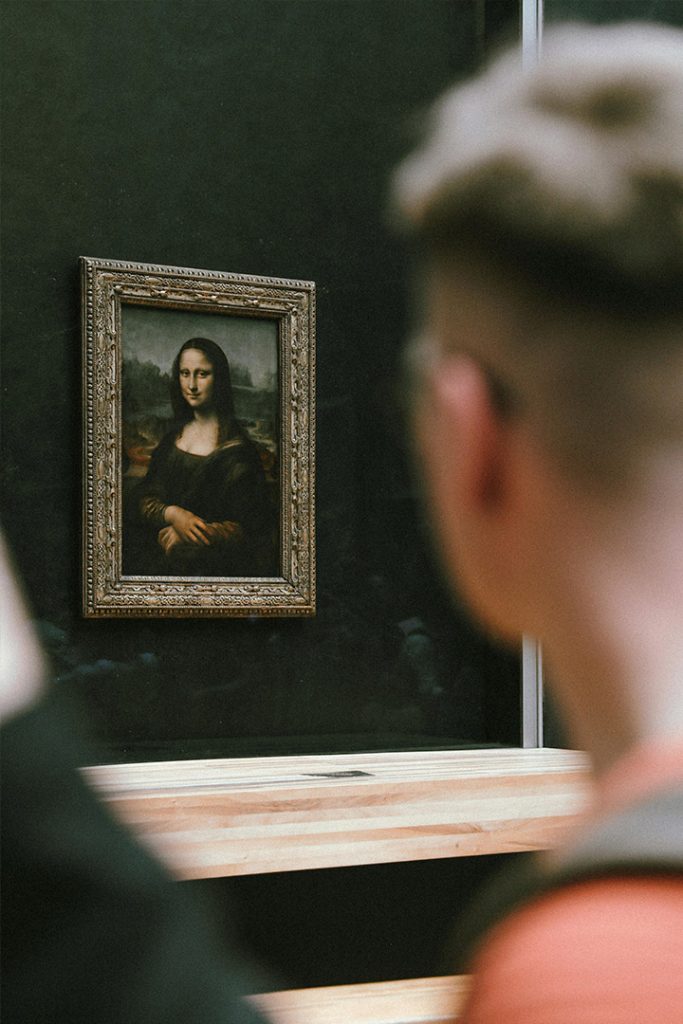
The Victory of Samothrace
The Victory of Samothrace is another of the must-see displays at Louvre Museum. It belongs to the Greek Hellenistic Period, and it depicts a Niké, the goddess of victory, which was chiseled in marble during the early 2nd century BC. The most outstanding feature in this sculpture is that its clothes have been represented as being swayed by the wind and how they masterfully adhere to the anatomy of the goddess.
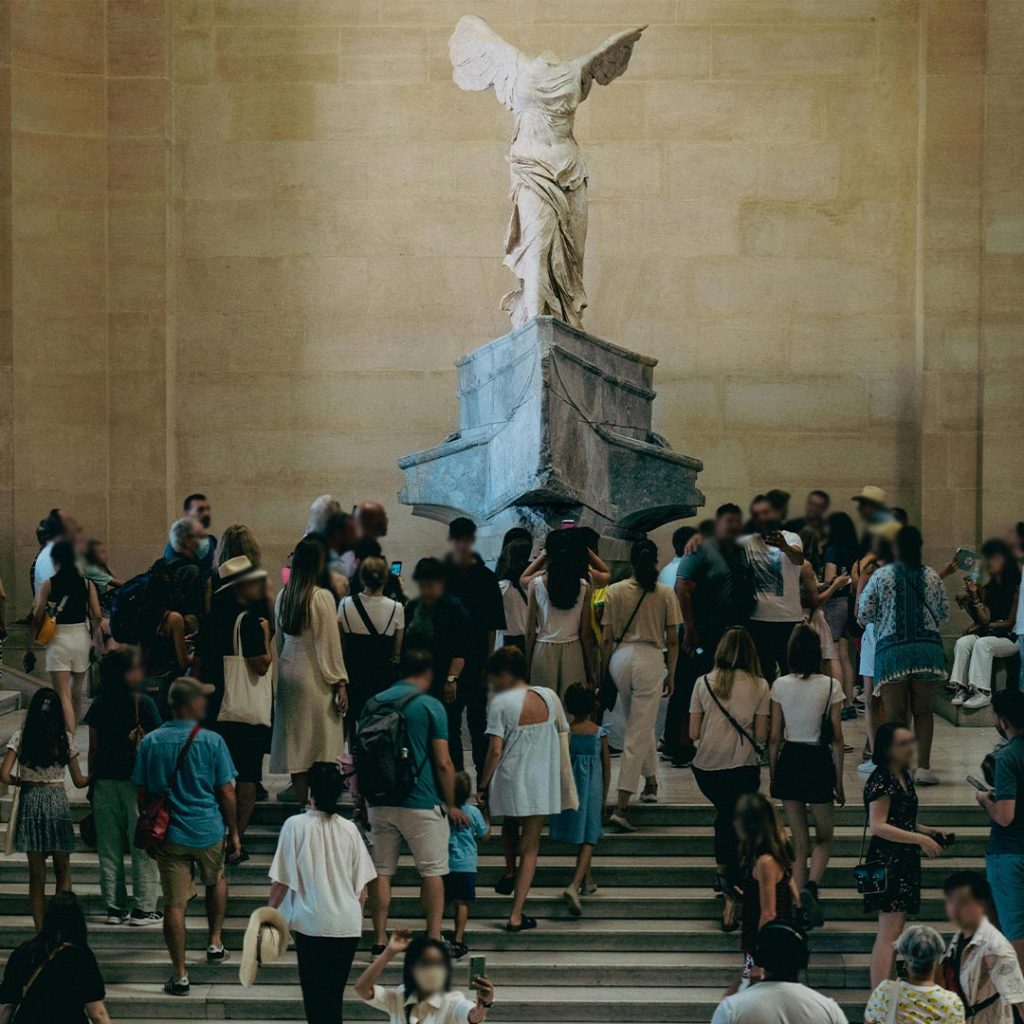
It can be contemplated from atop the Daru staircase in the Louvre Museum, a breathtaking location that seems very fitting for this piece of classical art.
Liberty Leading the People
Liberty Leading the People is a painting by Eugène Delacroix dating back to 1830, which symbolizes the popular uprising that took place in the month of July in Paris, on that very same year, against French king Charles X, who intended to remove the Parliament and curtail freedom of press. In the painting, Liberty is represented as a beautiful woman who leads the middle and working classes to the fight for their rights.
It can be seen in room 700 of the first level in the Denon Wing at the Louvre Museum.
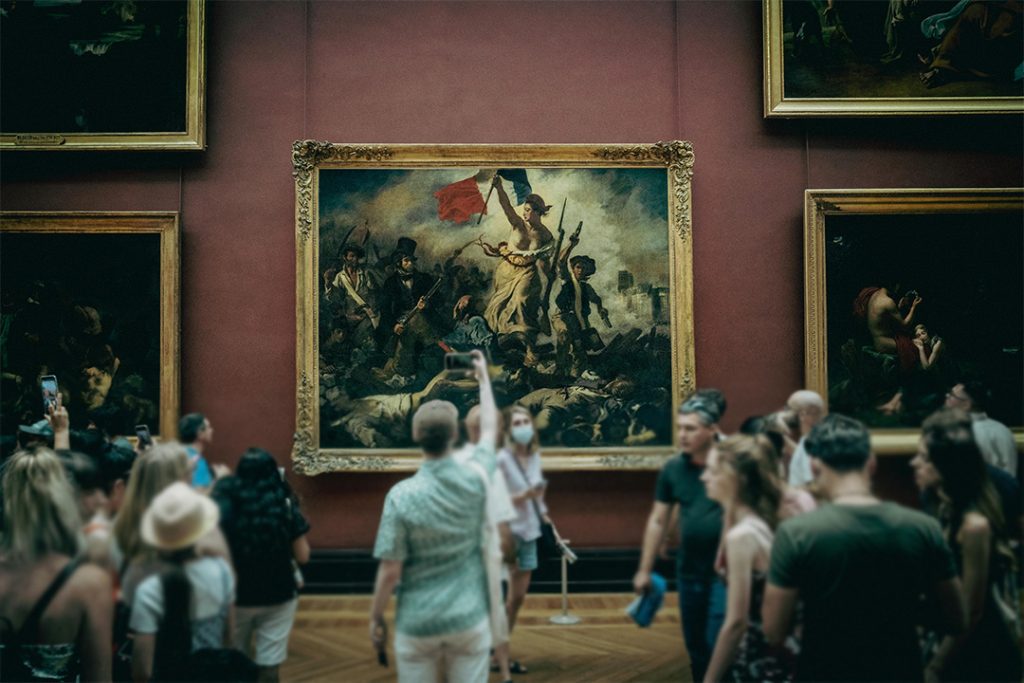
Tips to Visit the Louvre
The Louvre Museum is open from 09:00 to 18:00 on Mondays, Thursdays, Saturdays, and Sundays, and until 21:00 on Wednesdays and Fridays. It remains closed on Tuesdays.
As mentioned before, the best times to visit the museum are either very early in the morning or just before closing time, always avoiding summertime weekends. If you want to skip the queues at the Louvre, it is best to visit it off-season, on Mondays or Thursdays!
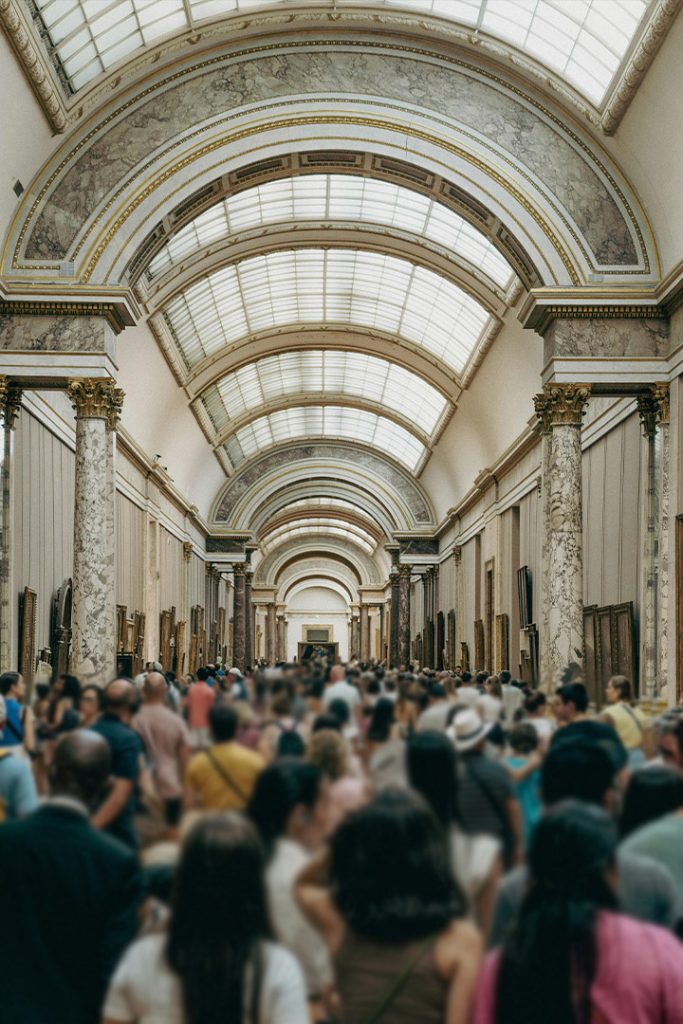
Tickets and Admission Fees
Tickets for the Louvre Museum can be purchased online at its official website (they can also be bought on-site, but it is not advisable to do so, as they are usually sold out).
The general ticket for the Louvre costs 22 euros, and it includes access to the permanent and temporary collections, as well as the Eugène Delacroix Museum. Visitors under eighteen and other categories can access it free of charge, so make sure to double-check the information on the website.
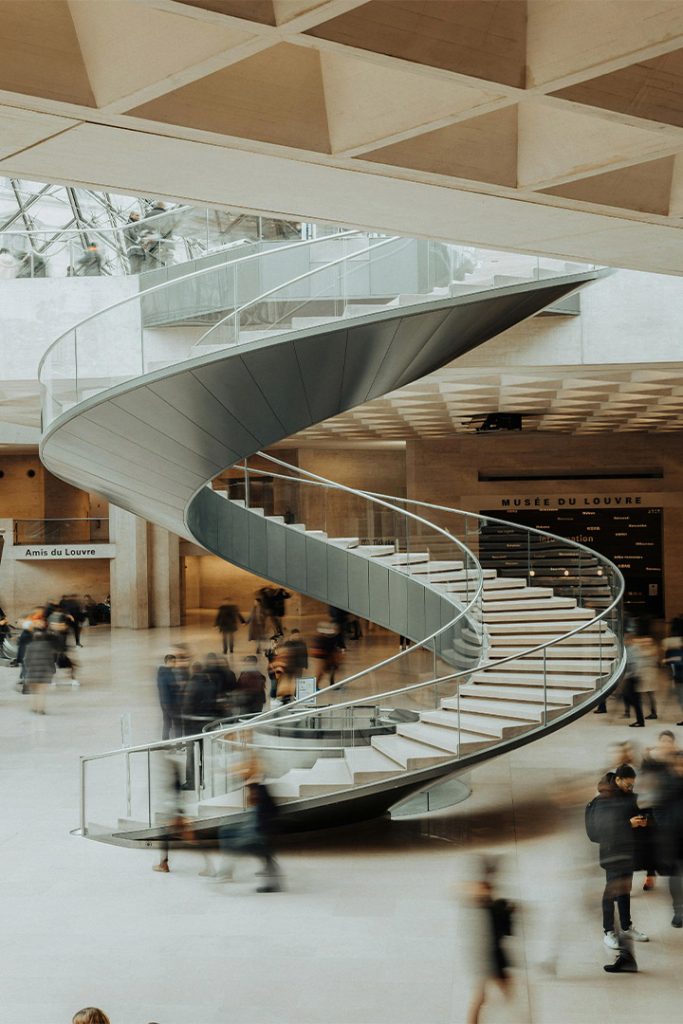
Fun Facts about the Louvre Museum
Did you know that the Louvre Museum is, besides being the most visited in the world, the first one which was public and free to access? Or that it has two more branches, one in Lens and the other in the United Arab Emirates? And that it hosted the Ministry of Finance in the Richelieu Wing up until 1989? Or that its four thousand most valuable works were evacuated at the beginning of World War II to be taken to Château de Chambord?
Some people also claim that the Louvre is haunted by the ghosts of a butcher from the 1500s and a Napoleonic soldier. As if that were not enough, it is said to be cursed by Belphegor, an Egyptian mummy that walks around the museum at night. Keep an eye out!
These are only a few of the many secrets and odd facts about the Louvre!
Discover Paris like never before with our amazing Free Tours!
Explore the City of Light with expert guides and immerse yourself in its history, art, and legends. From its iconic monuments to its most bohemian and mysterious neighborhoods, we have the perfect tour for you.
Frequently Asked Questions about the Louvre Museum
The Louvre Museum is located in District 1, in the very core of Paris. In order to reach it, you only have to take metro lines 1 or 7, and get off at Musée du Louvre.
The general admission fee to visit the museum costs 22 euros and it can be purchased online.
The Louvre Museum is open from 09:00 to 18:00 on Mondays, Thursdays, Saturdays, and Sundays, and until 21:00 on Wednesdays and Fridays. It remains closed on Tuesdays.
The Mona Lisa is in the Salle des États, on the first floor of the Louvre Museum.
